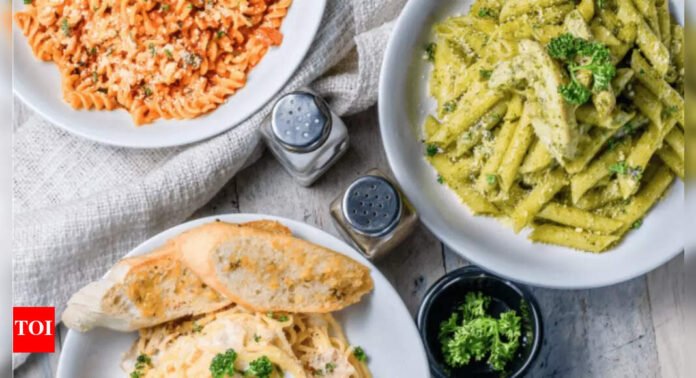Discovering Pasta: Shapes, Names, and Global Varieties
Pasta is a beloved dish worldwide, not just in Italy. As Federico Fellini once said, “Life is a combination of magic and pasta.” With over 350 unique shapes, pasta is designed to pair perfectly with various sauces and dishes. From spaghetti to trofie, each shape has its own story and purpose.
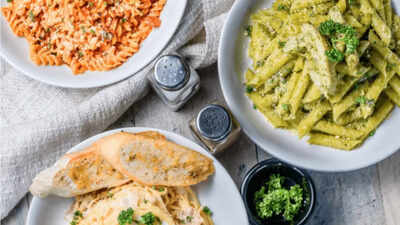
Let’s explore some famous pasta shapes and their origins. Get inspired, grab the ingredients, and start cooking! Remember, Pasta la vista, baby!
Iconic Pasta Shapes
Spaghetti
Spaghetti is perhaps the most famous pasta. It consists of long, thin, cylindrical strands. The name comes from the Italian word “spago,” meaning “string” or “twine.” Spaghetti originates from Naples. People often pair it with tomato-based sauces, meatballs, or seafood.
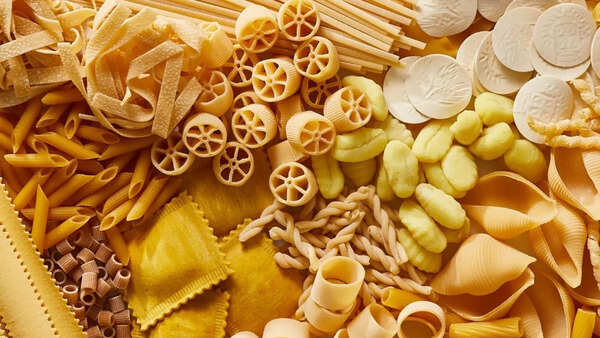
Fettuccine
Fettuccine features flat, thick ribbons. The name translates to “little ribbons” in Italian. This pasta comes from Rome and Tuscany. It is famously used in Fettuccine Alfredo, tossed with butter and Parmesan cheese.
Penne
Penne are short tubes cut diagonally at both ends, resembling quills. The name means “feathers” in Italian. There are two main types: penne lisce (smooth) and penne rigate (ridged). The ridged version is great for holding sauces, making it ideal for dishes like Penne alla Vodka.
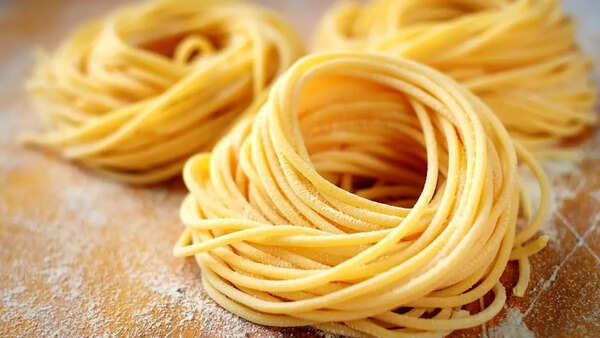
Fusilli
Fusilli are short, corkscrew-shaped pasta. The name comes from the Italian word “fuso,” meaning “spindle.” This shape is perfect for thick sauces and pasta salads. Its spiral design provides a delightful texture in every bite.
Farfalle
Farfalle are bow-tie or butterfly-shaped pasta. The name translates to “butterflies” in Italian. They originate from the Lombardy and Emilia-Romagna regions. People often use them in creamy dishes. A larger version is called farfalloni, while the smaller one is farfalline.
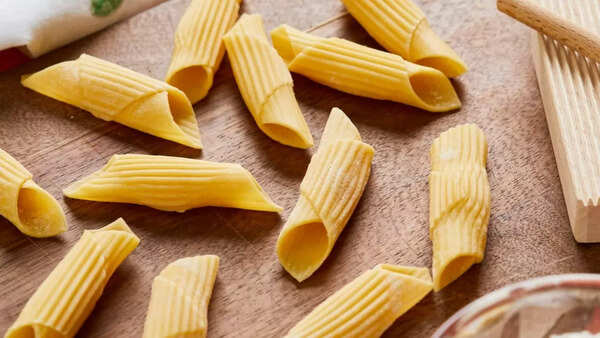
Orecchiette
Orecchiette means “little ears” in Italian. These small, round, and concave pasta shapes hail from the Puglia region. Traditionally, people serve them with broccoli rabe and sausage, as the shape holds the sauce and vegetables well.
Conchiglie
Conchiglie, or “seashell” pasta, are shaped like conch shells. The name comes from the Italian word “conchiglia,” meaning “seashell.” This versatile shape works well in baked dishes, pasta salads, or with chunky sauces, as the ridges and hollow center trap the sauce.
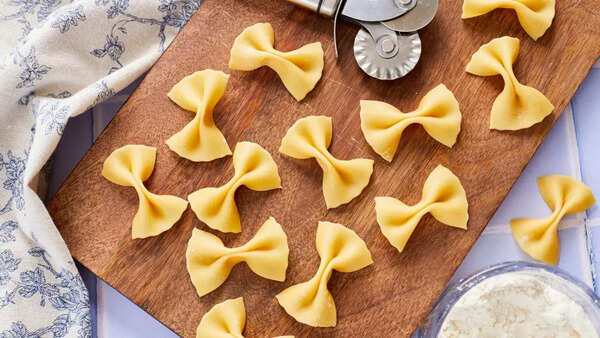
Trofie
Trofie are short, twisted pasta from the Liguria region. The name comes from the Genoese word “trofie,” meaning “to twist.” People traditionally serve them with pesto, as their shape allows the sauce to cling effectively.
Cavatappi
Cavatappi are short tubes twisted into a spiral shape. The name comes from the Italian word “cavatappi,” meaning “corkscrew.” This shape is excellent for holding sauces and is often used in baked pasta dishes like macaroni and cheese.
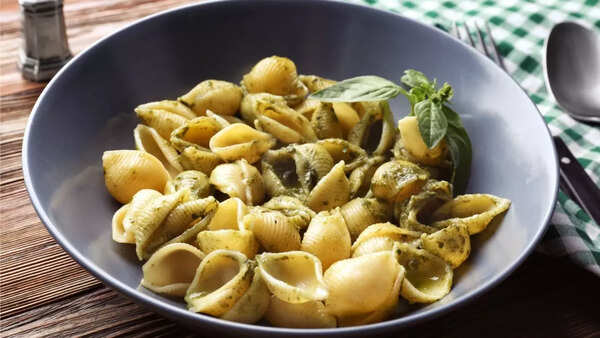
Capellini
Capellini, known as “angel hair” in English, are extremely thin pasta strands. The name translates to “little hairs.” People best pair them with light sauces, broths, or simply olive oil and garlic, as their delicate nature can be overwhelmed by heavy sauces.
Garganelli
Garganelli are square tubes rolled into a cylindrical shape, resembling a quill. They originate from Emilia-Romagna. People traditionally serve them with rich meat sauces, as their ridged surface holds the sauce well.
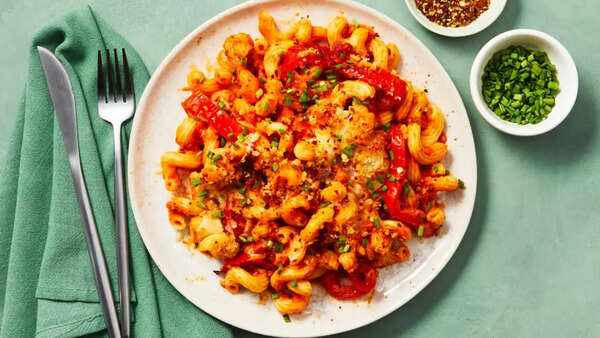
Linguine
Linguine, meaning “little tongues,” are similar to fettuccine but narrower. They originate from the Liguria region. People traditionally serve them with pesto, seafood, or light tomato sauces. Their flat shape allows them to hold sauces without overpowering the dish.
Mafaldine
Mafaldine are long, flat ribbons with wavy edges, resembling a frilled ribbon. Named after Princess Mafalda of Savoy, people often pair them with hearty sauces, as their shape allows for a generous coating.

Pappardelle
Pappardelle are wide, flat ribbons, broader than fettuccine. Their name comes from the Italian verb “pappare,” meaning “to gobble up.” Originating from Tuscany, people traditionally serve them with rich, meaty sauces like wild boar ragu.
Bucatini
Bucatini are long, thick strands with a hole running through the center. The name comes from the Italian word “buco,” meaning “hole.” They originate from Rome. People traditionally serve them with rich sauces like Amatriciana, as the hole allows the sauce to cling inside and out.

Cavatelli
Cavatelli are small, shell-like pasta shapes. The name comes from the Italian word “cavato,” meaning “hollowed out.” People often serve them with hearty sauces or in soups, as their shape allows them to hold sauce effectively.
Filled Pasta Varieties
Pasta culture extends beyond Italy, reaching Asia and gaining global recognition. Some well-known filled pastas have become popular delicacies over the years. Filled pasta, or stuffed pasta, consists of thin pasta dough enclosing a filling. It is a popular type of pasta in many cultures, especially in non-tropical regions of Eurasia.
Ravioli
Ravioli are square or round pockets filled with cheese, meat, or vegetables. People typically serve them with a simple sauce, allowing the filling to shine.
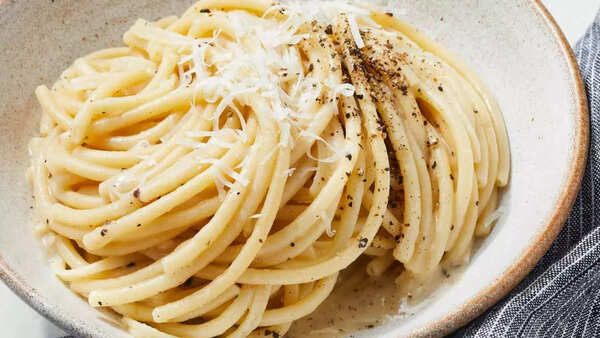
Agnolotti
Agnolotti are small, square or rectangular pockets filled with meat or vegetables. They originate from the Piedmont region. People often serve them with a butter and sage sauce.
Tortellini
Tortellini are ring-shaped pasta filled with meat, cheese, or vegetables. They originate from the Emilia-Romagna region. People traditionally serve them in broth or with a cream-based sauce.
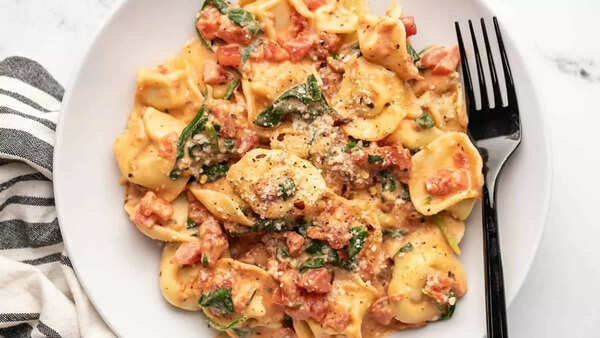
Global Pasta Varieties
Soba (Japan)
Soba are thin buckwheat noodles from Japan. People traditionally serve them chilled with a dipping sauce or in a hot broth. Soba noodles have a distinct earthy flavor and are often enjoyed during the New Year’s celebration.

Udon (Japan)
Udon are thick wheat noodles from Japan. People typically serve them in a hot broth with various toppings like tempura, green onions, and tofu. Udon noodles are known for their chewy texture and versatility.
Pho Noodles (Vietnam)
Pho noodles are flat rice noodles used in the Vietnamese soup dish pho. Made from rice flour, they have a delicate texture, absorbing the flavors of the aromatic broth.
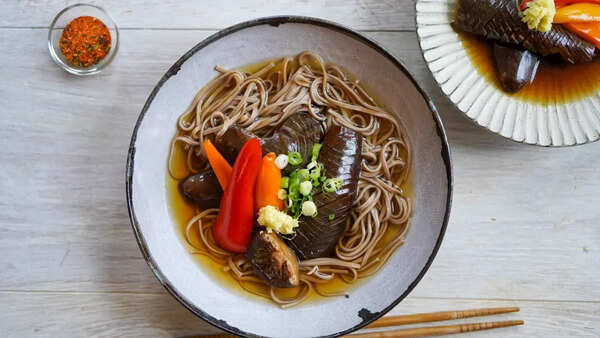
Chow Fun (China)
Chow fun are wide, flat rice noodles commonly used in Chinese stir-fry dishes. People often stir-fry them with beef, vegetables, and soy sauce, creating a savory and satisfying meal.

